Source:- fortune.com An organization that won the Nobel Prize in 2017 for its work to eliminate nuclear weapons is sounding the alarm about the possibility of artificial intelligence leading to unintended wars. Beatrice Fihn, executive director of the International Campaign to Abolish Nuclear Weapons, is worried that hackers could breach A.I. technologies that are used in nuclear Read More
Tag: DevOps
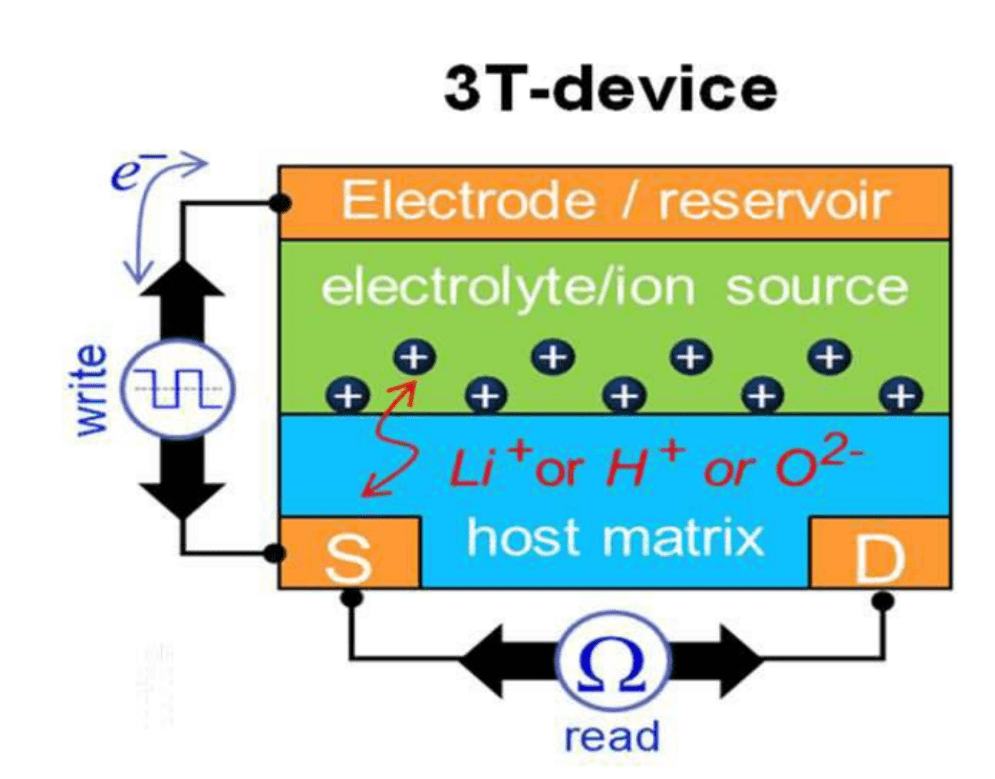
Source|:- boingboing.net In The Next Generation of Deep Learning Hardware: Analog Computing*Sci-Hub mirror), a trio of IBM researchers discuss how new materials could allow them to build analog computers that vastly improved the energy/computing efficiency in training machine-learning networks. Training models is incredibly energy-intensive, with a single model imposing the same carbon footprint as the manufacture and lifetime Read More

Source:- insidebigdata.com In this special guest feature, Yuval Greenfield from MissingLink.ai, discusses the rise of “DeepOps” aka AIOps and how it is where DevOps was in the 1990s—a nascent field that is becoming increasingly necessary. It starts with simple, but key facets like addressing some of the biggest pain points in the deep learning development lifecycle, such Read More

Source:-fudzilla.com SoftwareONE has written a cheque for a controlling stake in InterGrupo, one of Latin America’s cloud technology consulting and application modernisation providers. The move enables SoftwareONE to strengthen its service offerings in the region and to add Application Modernisation and Development, a strategic priority, to its global portfolio of Solutions and Services. InterGrupo will Read More

Source- computerweekly.com The history of computing is punctuated by a set of seismic shifts in enterprise IT architectures. Monolithic, highly integrated applications moved to integrated software stacks and N-tier architectures. Distributed computing has also gone through several incarnations. There have been multiple attempts at standardising inter-application communications, such as remote procedure calls on Unix, distributed object Read More
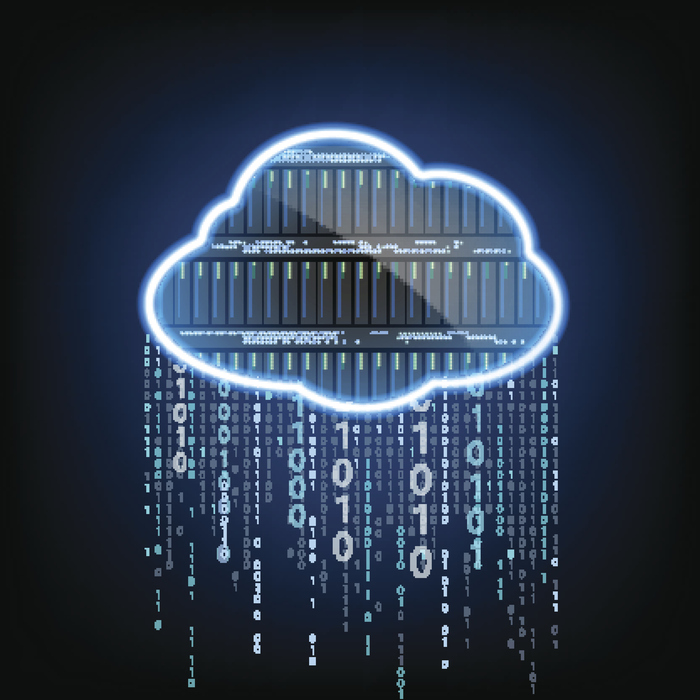
Source – cio.com Charles Darwin was rumored to have said something to the effect of “It’s not the strongest or smartest that survives. Rather it’s the species that’s the most adaptable to change.” This axiom has never been truer in the business world than it is today. Adapting to market trends has always been the difference Read More
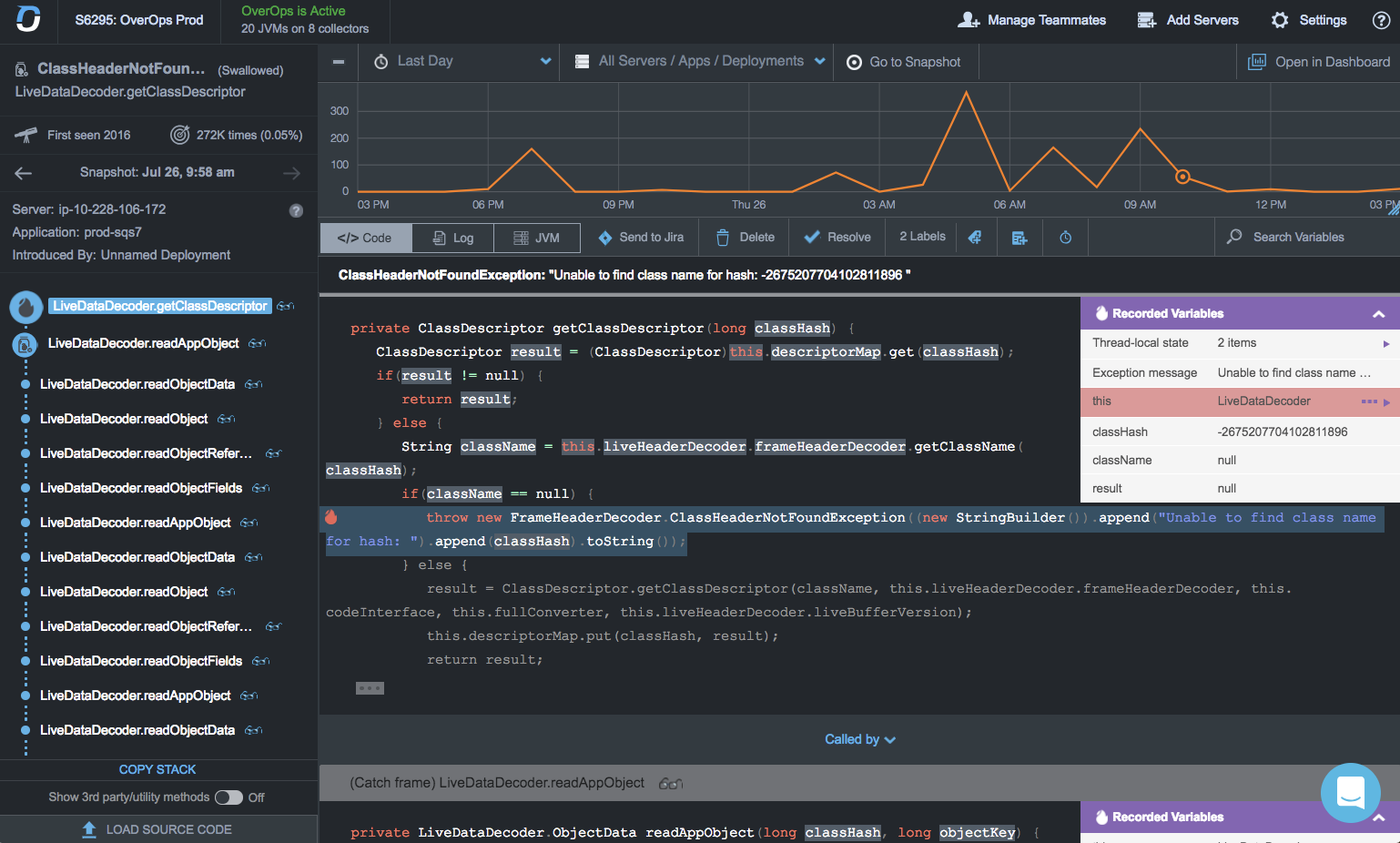
Source – devops.com OverOps has launched a namesake platform employing machine learning algorithms to capture data from an IT environment that identify potential issues before a DevOps team decides to promote an application into production. Company CTO Tal Weiss said the OverOps Platform is unique in that, rather than relying on log data, it combines static and dynamic Read More
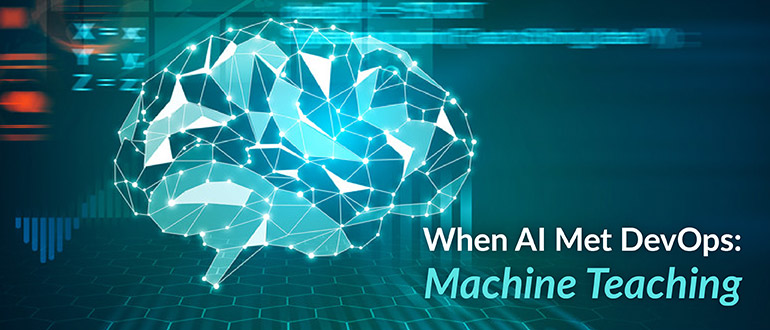
Source – devops.com When asked if AI would eventually replace radiologists, Dr. Curtis Langoltz of Stanford University pithily replied “No, but radiologists who use AI will replace those who do not use it.” This great insight is highly applicable to IT. Yes, there are many ways we can use AI methods to fully automate a broad Read More
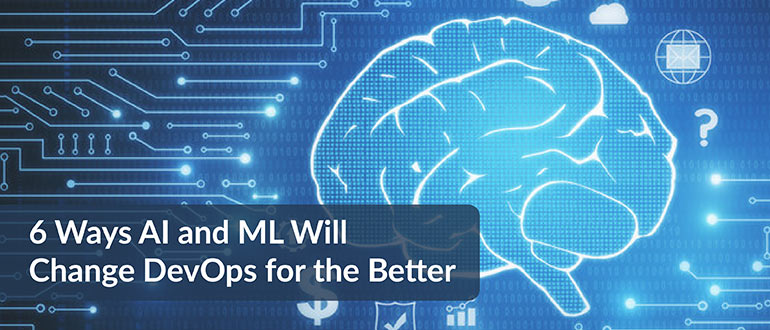
Source – devops.com There’s been a lot of media attention in recent years about how artificial intelligence (AI) and machine learning (ML) are going to change the world—how they’re going to create new and interesting applications in fields as diverse as education, law, health care and transportation. This may happen. But if I had to bet on Read More

Source – jaxenter.com DevOps methodologies are rapidly increasing and generating vast and diverse data sets across the life cycle of entire application including development, deployment, and performance management. Only a robust analysis and monitoring layer can particularly harness this data for the ultimate DevOps goal that is end-to-end automation. The rise of machine learning and its Read More

Source – vanillaplus.com Telecoms operators, by tradition, are not seen as fast-moving businesses. They are always striving to be agile, but their reliance on legacy systems – coupled with their dysfunctional, locked-in relationships with legacy vendors – has created a slow-moving animal, often at odds with the pace of the Internet generation. Indeed, when operators talk Read More

Source – yourstory.com More than 75 percent of organisations are into Big Data processing and putting those insights into business use. But, data scientists might be in short supply. Big Data is big. Huge, in fact. It is the hottest segment in information technology and according to IDC, Big Data revenues are estimated to cross $187 billion Read More
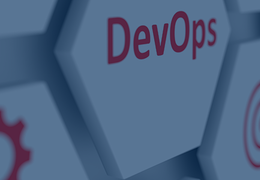
Source – rcrwireless.com Global container market to hit $706.2 million by 2022 The global container monitoring market is expected to swell from $169.6 million in 2017 to $706.2 million by 2022, at a compound annual growth rate (CAGR) of 33%, according to a report published by ResearchandMarkets. Containers are a lightweight form of virtualization that has Read More

Source – jaxenter.com The AI industry is never going to run out of the need for tech-savvy developers who can think out of the box. This technology is here to help us create better software which is safer than software created under traditional environments. In this article, Alycia Gordan explains why AI will teach developers a Read More
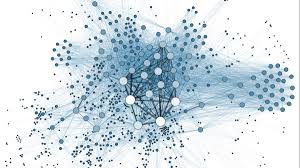
Source – ca.com Debunking misconceptions about microservice architecture helps us understand the business value of microservices. Much has been said recently about how digital “unicorns” owe much of their ability to deliver, iterate, pivot and scale to microservice architectures built using containers and APIs. This, in turn, has led to some backlash, with sceptics questioning the Read More

Source – techtarget.com What can go wrong when a business is migrating to microservices? Plenty. Microservices implementations often derail due to poor planning and lack of self-evaluation, said digital transformation expert Eric Roch. And that preparation is just stage one. Implementing microservices calls for new methods of rewarding DevOps and business teams and handling technical areas, like change Read More

Source – opensource.com Microservices have been a focus across the open source world for several years now. Although open source technologies such as Docker, Kubernetes, Prometheus, and Swarm make it easier than ever for organizations to adopt microservice architectures, getting your team on the same page about microservices remains a difficult challenge. For a profession that Read More

Source – techtarget.com Cloud services have transformed IT infrastructure, but the most recent trends in cloud computing signal a more fundamental shift that’s reshaping jobs. Newer cloud services and application design principals — such as microservices, serverless computing and function as a service — have important implications for both IT operations staff and developers. However, understanding Read More

Source – informationweek.com IT teams can salvage the value of legacy systems while pivoting to a new foundation offering better customer experiences. CIOs and their teams are routinely maintaining costly, long-running legacy systems that have gathered a large amount of data about purchases, services, and customer behavior over the years. Sure, they’re getting a bit creaky Read More

Source – zdnet.com At the core of any DevOps initiative is the judicious employment of containers and microservices, which dramatically speed up and simplifying the jobs of developers and operations teams alike. While many of the tried-and-true rules of IT management apply, containers and microservices also add new considerations, and new ways of doing things. To Read More
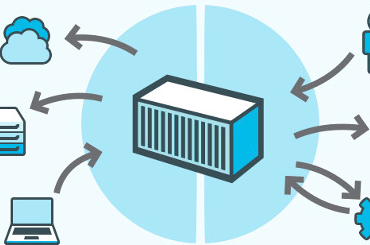
Source – searchmicroservices.techtarget.com Containers aren’t a new concept; the first steps toward Linux containers were taken in 1979. Since then, there have been about a dozen new evolutionary steps in container deployment of applications, and we’re not done yet. Containers are also interacting with supporting technologies, like DevOps, and competing ones, like virtual machines (VMs), to create Read More
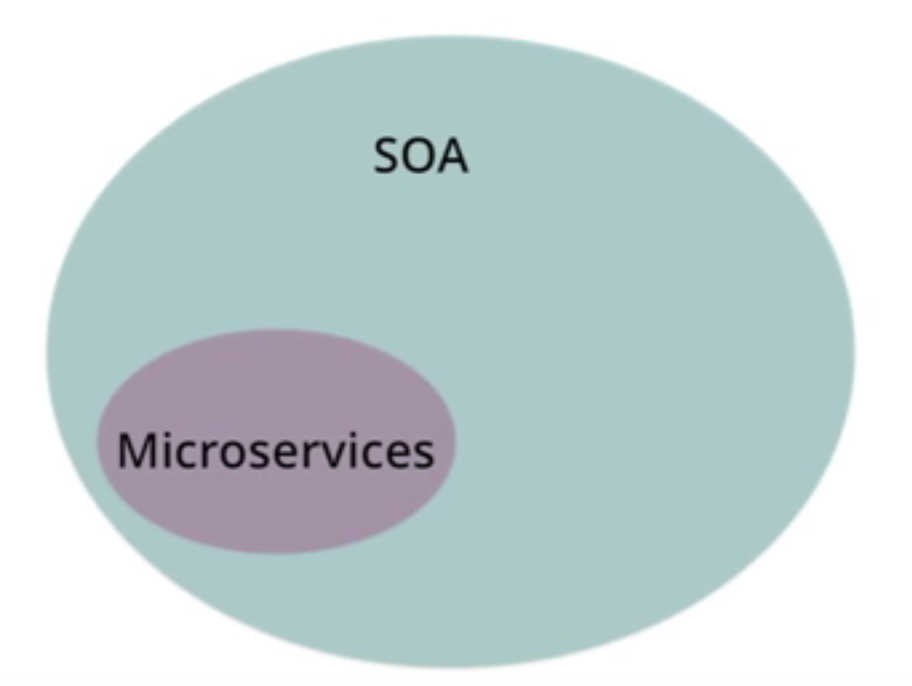
Source – infoq.com We’ve had a few articles over the years on the differences and similarities between SOA and microservices. Some suggest there is much to be learned from SOA whereas others believe that distancing microservices from SOA is more beneficial. Furthermore, Neal Ford amongst others, have suggested that moving from monolithic architectures to a services-based approach may be easier than going to Read More

Source – forbes.com Artificial Intelligence will have a profound impact on the IT industry. The Machine Learning algorithms and models that bring AI to the forefront get only better with data. If these algorithms can learn from existing medical reports, and help doctors with diagnosis, the same can be used to improve IT operations. After all, Read More

Source – infoworld.com With every innovation comes new complications. Containers made it possible to package and run applications in a convenient, portable form factor, but managing containers at scale is challenging to say the least. Kubernetes, the product of work done internally at Google to solve that problem, provides a single framework for managing how containers Read More
